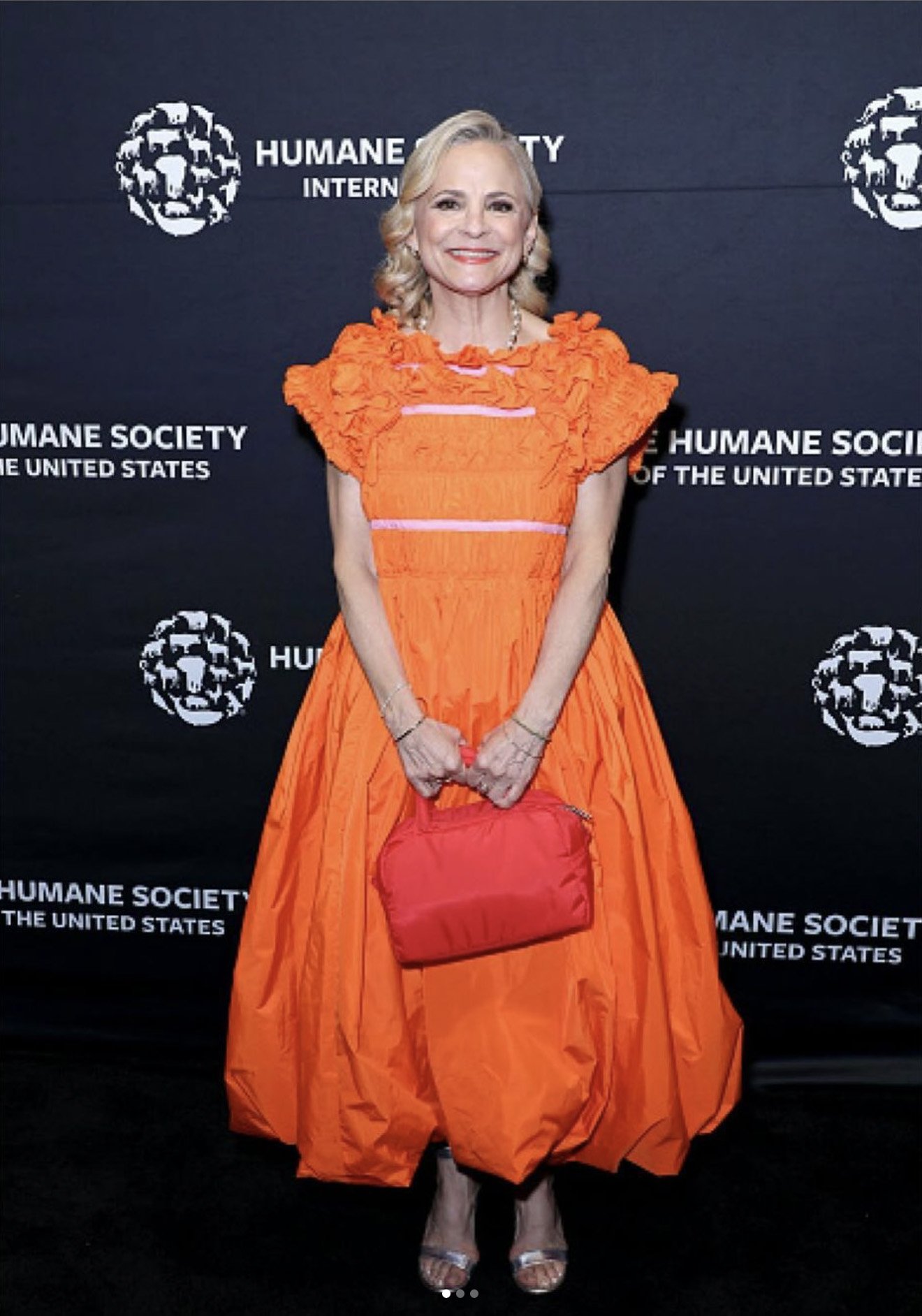Even though the Humane Society of the United States is a long-established institution located in Washington D.C., that has more than ten million members and fights for the rights of all animals, everyone kept insisting it was the place in their city, “where I got my dog”. The Society had an identity problem. The challenge of giving it a national sweep, dedicated to more than cats and dogs, is what lead us to think differently. And how do you incorporate a visual of an animal in this case? It posed difficult graphic conundrum in that no one animal could be representative of all the work they do and indeed could even further cement the dog shelter confusion people already had in their heads.
All the animals in the new mark were carefully selected to represent a cross-section from the land, the sea and the skies of America. From domestic to wild, endangered to abundant, they each had a specific purpose of depicting the scope of the HSUS causes. Now take them, lay an animal mosiac creating the entire country and a logo is born.
The old mark lacked mission, purpose
and any sense of being humane.
The mark needed to be expanded into a complete eco system/program that supports the master brand. They needed to stand on their own for their unique mission and yet relate to the master brand. The animal silhouettes, illustrated by Michael Schwab, proved up to the task. And give credit where credit is due, it took the talents of the art director, Malgorzata Zawislak as well to bring it to life.
The next challenge was to bring it all to life in powerful ads about serious issues. We discovered the familiar practice of photos of abused dogs, just motivated people turn the page as quickly as they could because, “they just couldn't take it.” So, instead of engaging them they were repulsed. These posters informed without the all too visceral shock of photography and steered them to a way to help. And since it coincided with the introduction of our new logo, it helped cement it into the American psyche.
Becoming part of pop culture is what every brand strives for and being an organization that fights for animals made it a lot easier to get into the main stream media.
This was a very particular project that dealt with dog fighting. It went hardcore to stand out. Challenging the belief that real men were nothing of the sort if they stood behind dogs as they did the fighting. The HSUS offered up a reward for information leading to breaking up this barbaric sport.













